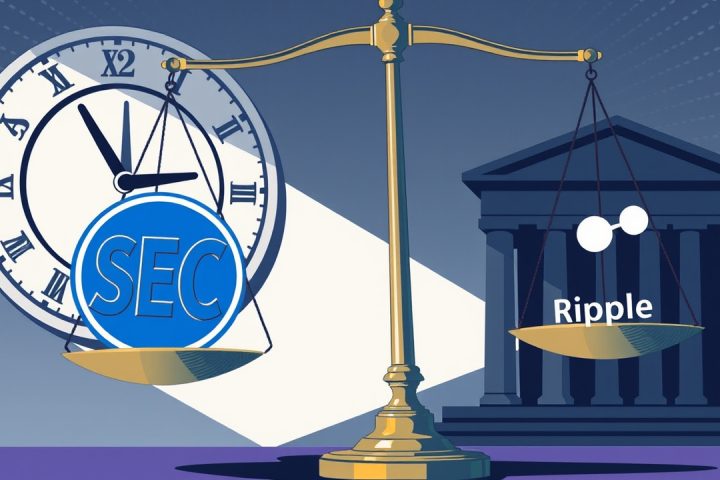Concerns Over Reliance on the U.S. Dollar in the Stablecoin Market
Boris Bohrer-Bilowitzki, the chief executive of Concordium, has recently highlighted critical concerns regarding the overwhelming reliance on the U.S. dollar within the stablecoin market. He warns that such reliance could destabilize the financial system and advocates for a more diversified approach to currencies. The CEO envisions stablecoins significantly enhancing payment finance (PayFi), promising more efficient transactions through instant settlements, reduced transaction fees, and programmability.
Risks of Dollar-Backed Stablecoins
Currently, the vast majority of stablecoins are pegged to the U.S. dollar, underscoring a dependence that many believe could pose significant risks should the dollar face any regulatory or macroeconomic challenges. Bohrer-Bilowitzki’s caution echoes sentiments expressed by Chinese economist Zhang Ming, who similarly noted the dominance of dollar-backed stablecoins in decentralized finance (DeFi) and urged for the development of China’s own stablecoin alongside the growing usage of the digital yuan.
“If most stablecoins derive their value from one currency, any issues with that currency can ripple through the whole ecosystem,”
he stated during an interview with Bitcoin.com News.
The Impact of the U.S. Dollar on Stablecoins
Despite ongoing discussions around the need for alternate reserve currencies, the U.S. dollar remains the dominant global currency, dictating terms for international trade. This stronghold extends to cryptocurrencies, where assets like USDT, USDC, and previously BUSD exhibit a strong market presence.
However, Bohrer-Bilowitzki stresses that for stablecoins to thrive in the future, they must embrace a diverse currency representation. He points to emerging stablecoins that are backed by currencies such as the euro, including EURC and EURS, as well as those tied to the Swiss franc, like DCHF and XCHF.
Challenges and Opportunities in the Stablecoin Market
Yet, while the market has its vulnerabilities tied to the dollar, stablecoins also face unique risks like depegging. He referenced the brief depegging of FUSD as a stark reminder of how rapidly confidence can erode in this volatile sector, underscoring the fragile nature of market perception above all else. The recent history of UST, which peaked at nearly $18.6 billion in market cap before collapsing, illustrates that size is not synonymous with stability. Bohrer-Bilowitzki believes that long-term trust in stablecoins hinges on attributes such as transparency and accountability rather than just market size.
The Future of PayFi and Regulatory Challenges
Moreover, the Concordium CEO envisions PayFi as a pivotal evolution in the financial landscape, positing that blockchain technology and stablecoins can resolve persistent issues associated with traditional cross-border transactions through rapid settlements and greater financial accessibility. He regards the programmability of stablecoins as a significant potential advantage for enhancing financial connectivity.
On the topic of regulatory compliance, Bohrer-Bilowitzki acknowledged the intricate challenge of establishing a compliant blockchain system while upholding principles of user privacy inherent to Web3. He critiqued a prevalent approach among blockchain projects, which often treat compliance as an afterthought, claiming this will not support real-world scalability. In contrast, Concordium has integrated a permissionless proof-of-stake system with an identity layer that utilizes zero-knowledge proofs, allowing verification without compromising user anonymity.
This framework not only balances user privacy with compliance but is also adaptable across various use cases, facilitating smoother integration into existing financial operations.




